OPS & TRAINING
THEIR JOB'S A BLAST!
18 Oct 2023
They're Singapore's experts on bomb disposal.
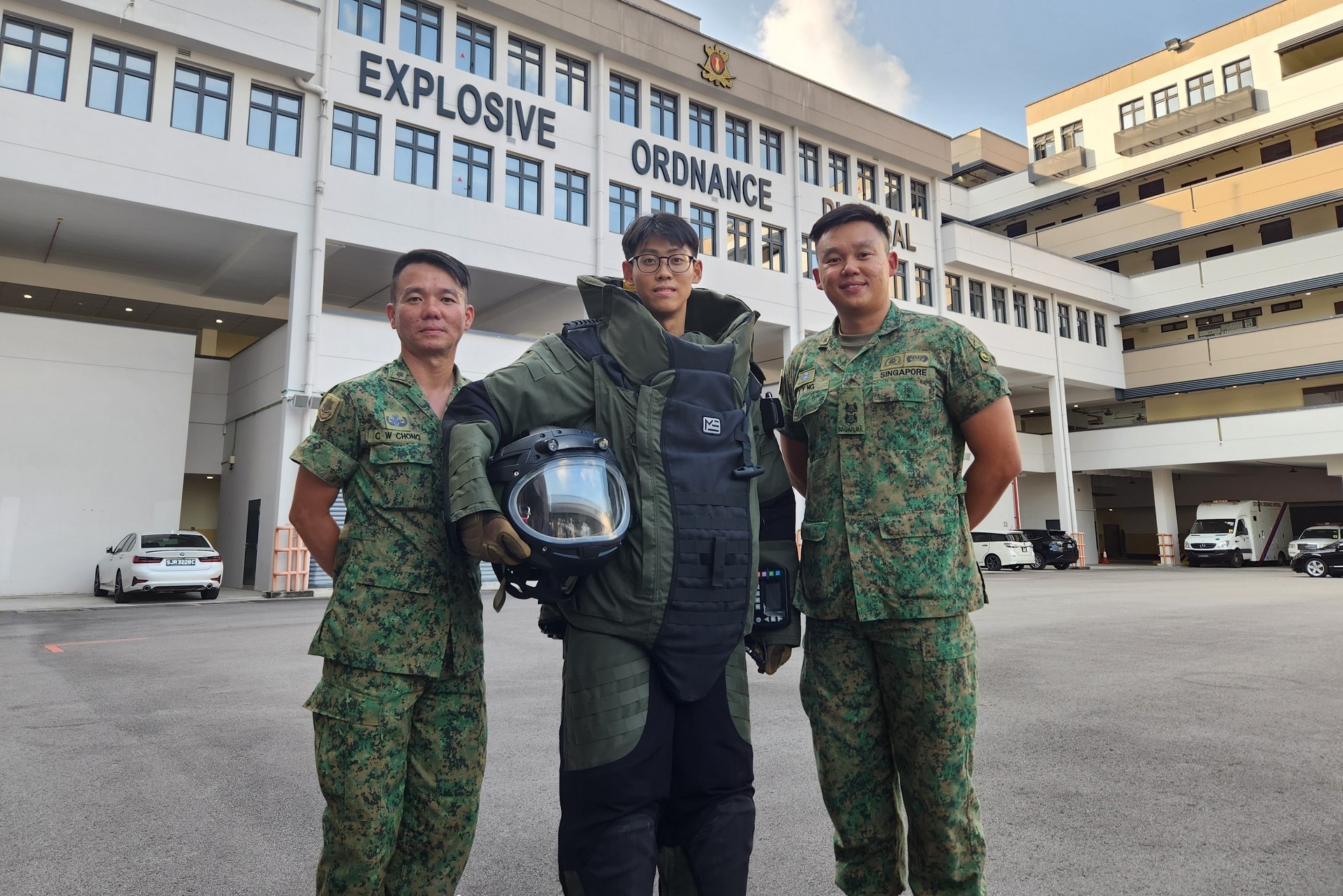

They usually work quietly behind the scenes, but their work is anything but silent. They're the bomb experts of 36th Battalion, Singapore Combat Engineers' (36 SCE's) Explosive Ordnance Disposal (EOD) unit.
Whether it's getting rid of unexploded war relics or carrying out bomb sweeps at major public events, they work to keep the public safe in peacetime and protect friendly forces in wartime.
Here are four things you might not know about the Singapore Armed Forces' (SAF's) bomb disposal unit!

1) They're the #1 bomb experts in Singapore
The history of 36 SCE goes as far back as 1969, when a team of six pioneers – four of whom were still officer cadets – were sent to the 443rd British Ammunition Depot in Kranji Camp to be trained in field clearance operations. On 16 Jun 1969, they set up the SAF Bomb Disposal Unit.
Today, they are the only national responder to any explosive threat in the country, whether it's an EOD or Improvised Explosive Device (IED).
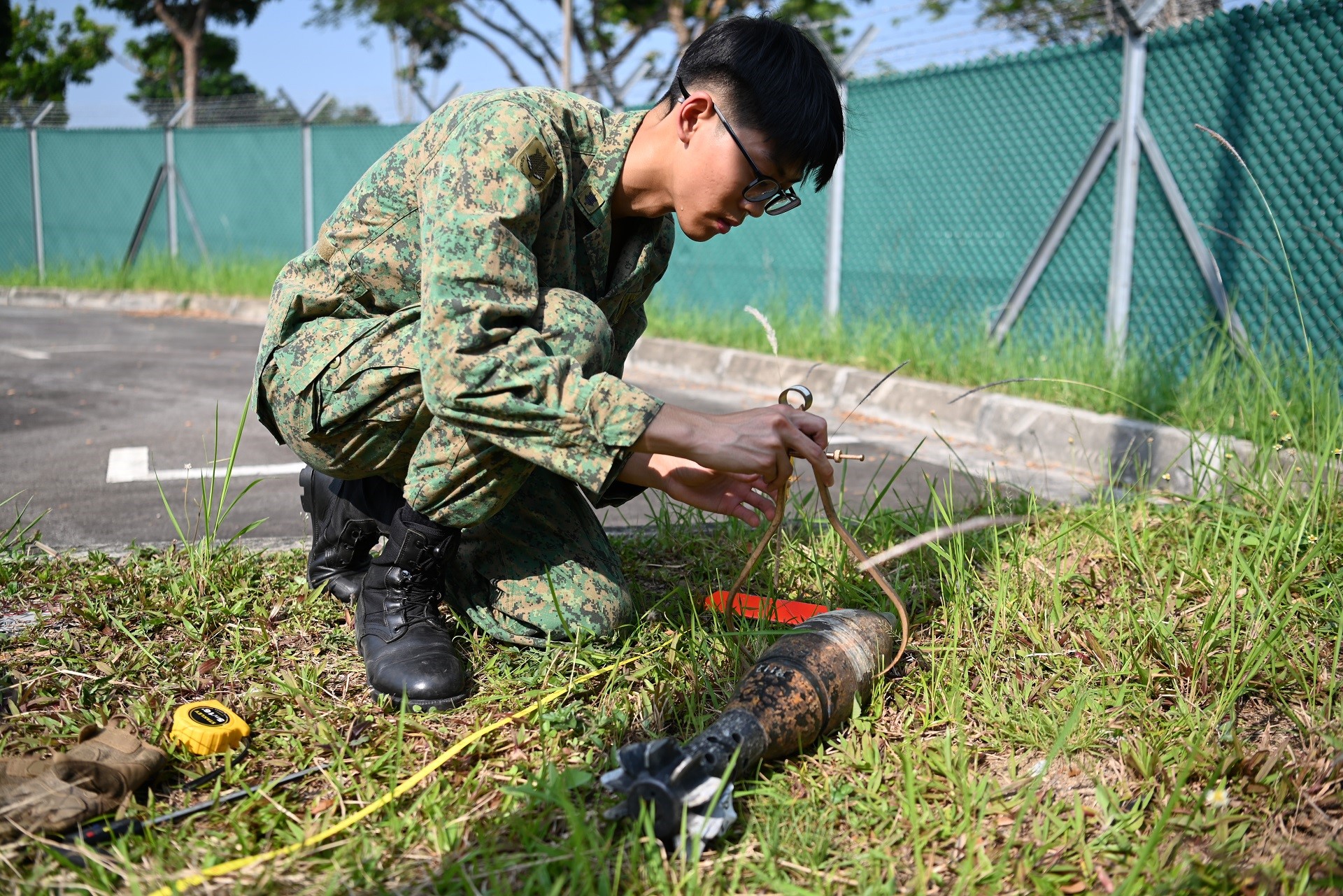
2) It ain't easy becoming an EOD specialist
The movies may make it look all glam, but bomb disposal isn't about cutting the blue or red wire.
To make the cut as EOD specialists in 36 SCE, they go through stringent selection and rigorous training. Candidates must undergo psychometric and physical tests, to ensure that they have the mental and physical aptitude for this demanding role.
These tests include putting on the bomb suit, which can weigh up to 34kg, to complete an obstacle course, and solving challenging puzzles while trainers throw questions at them to test their analytical abilities and see if they can remain calm and think logically while under pressure.
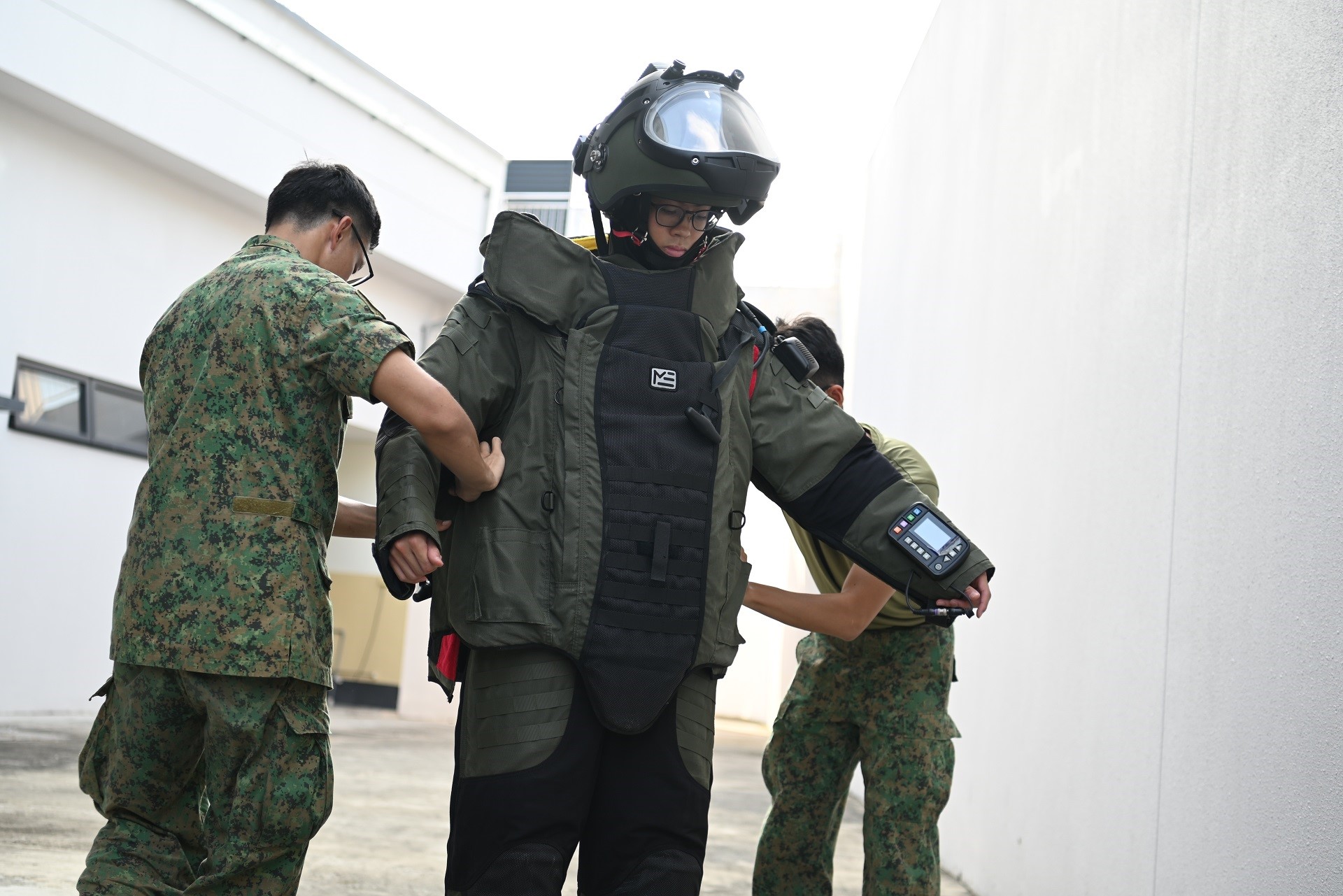
"We are looking for someone who is consistently logical and able to work under stress. Through their training, they must also display courage and bravery. Ultimately, what they do is very real so they must be able to deal with (such threats)," said Commanding Officer (CO) of 36 SCE, Lieutenant Colonel (LTC) Ng Tee Yang, of the calibre of EOD operators.
"For instance, when team commanders move bombs, they do it while understanding the risks of the job."
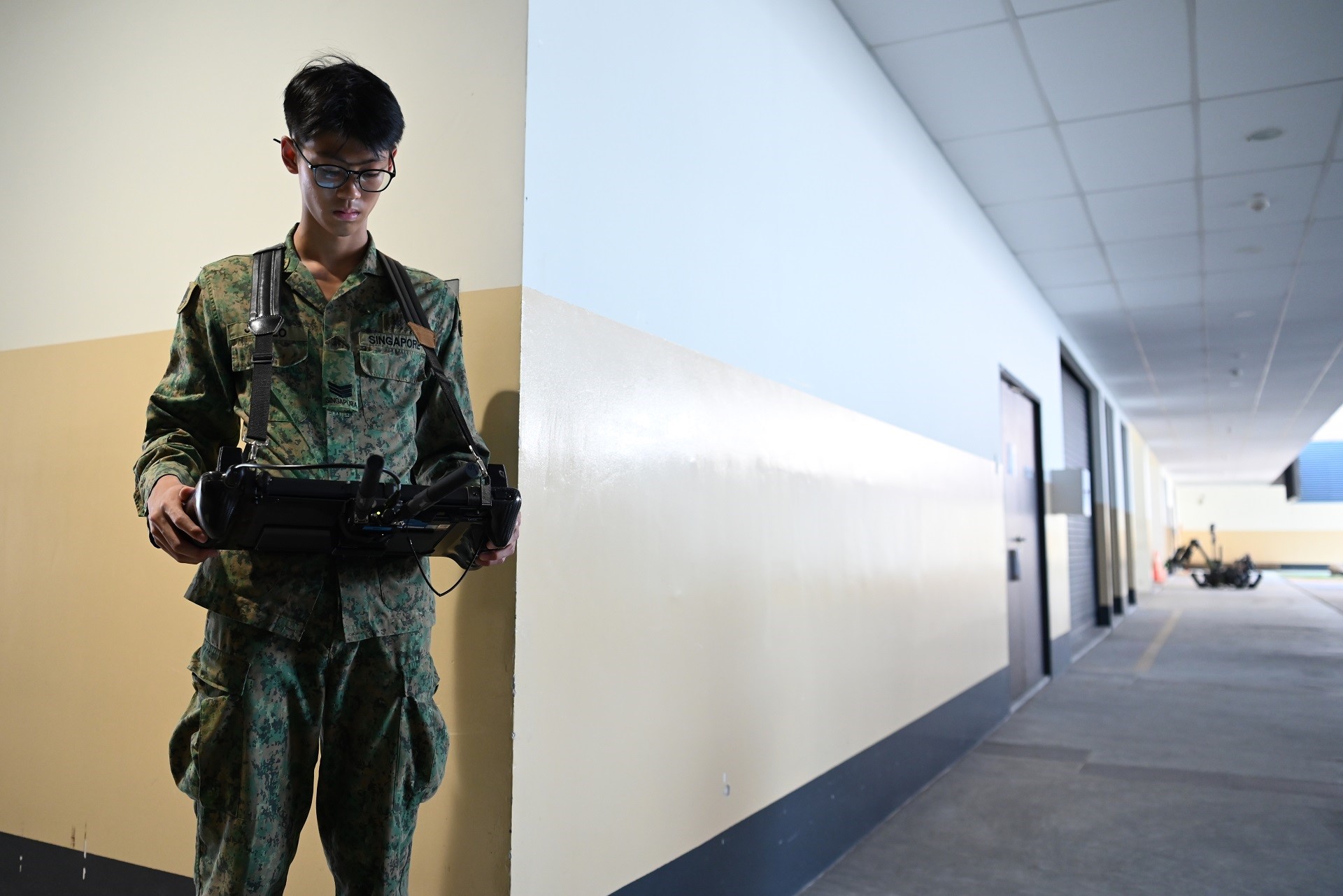
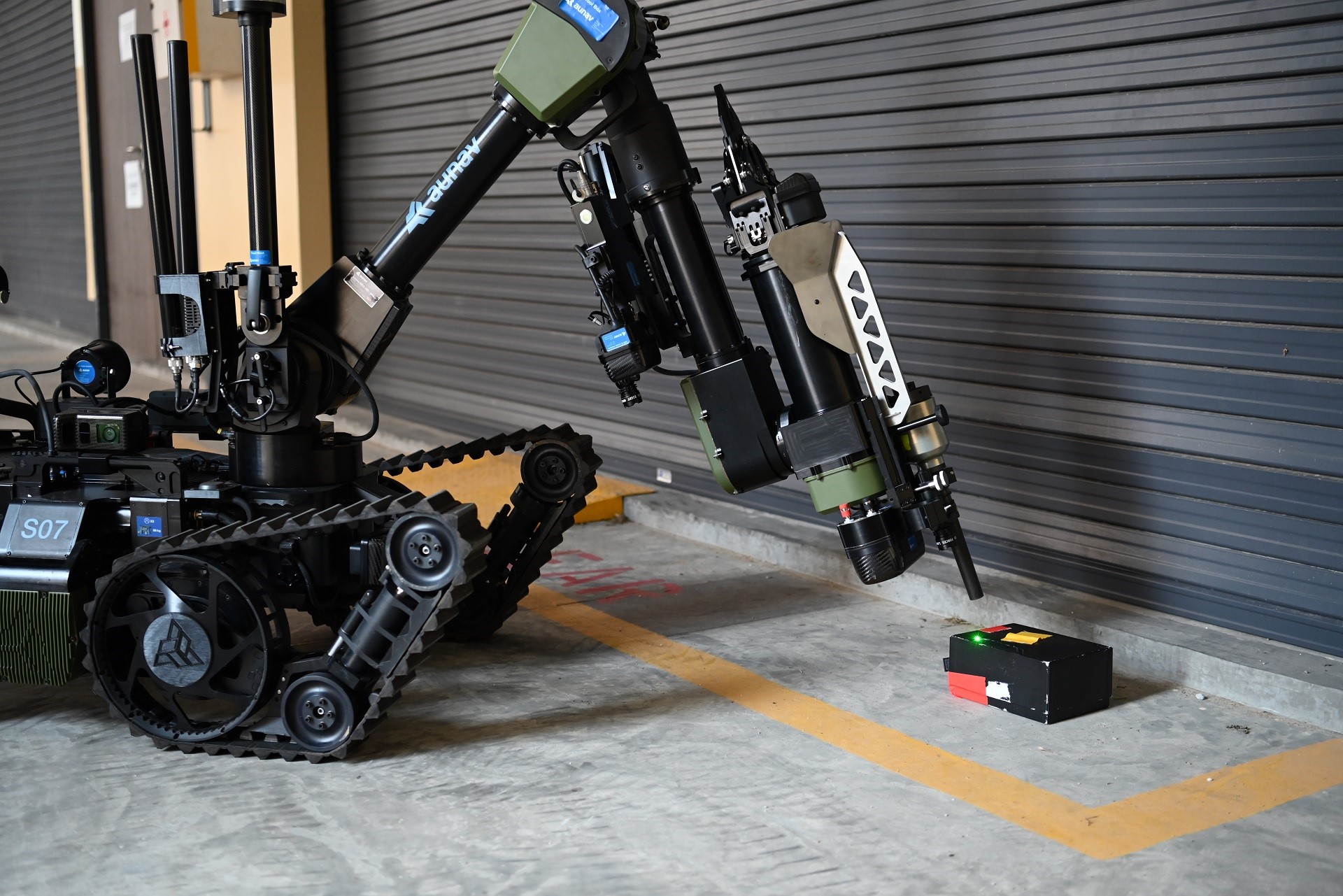
3) "No one in the unit is an Andy Lau"
What this means that bomb disposal is always a team effort, and no one person in the unit gets to be the main character in the story.
In the recent disposal of the unexploded ordnance at the Upper Bukit Timah construction site, Full-time National Servicemen (NSFs) worked alongside the unit's Regulars to see to the safe and efficient disposal of the World War (WW) II relic.
As part of the 45-man team, the NSFs took on the task of building the protective works to prevent the blast from affecting the nearby residents.
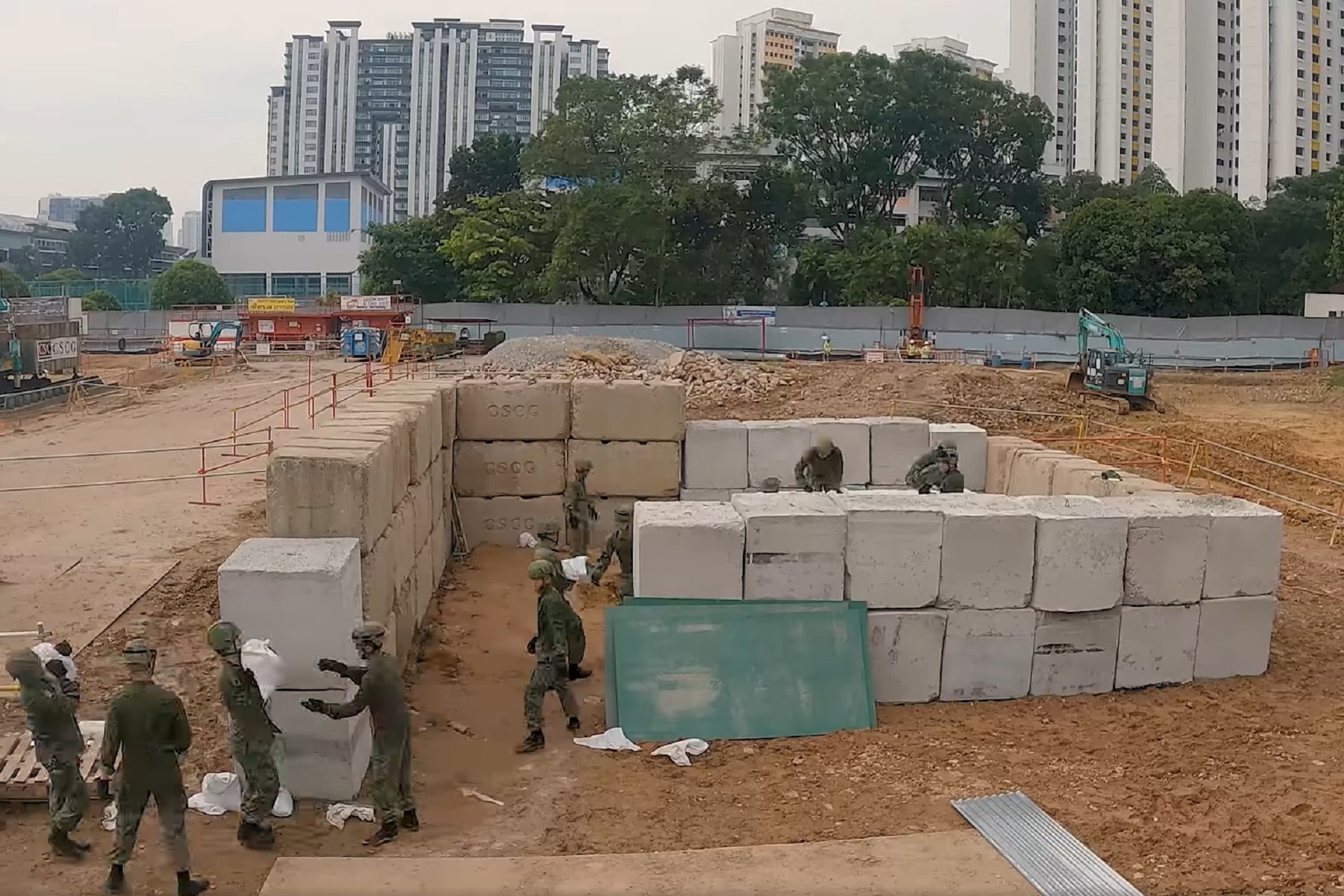
For EOD specialist 3rd Sergeant (3SG) Teo Jin Kay, this meant hours in the sun moving heavy materials like sandbags and plywood boards to construct the protective barrier.
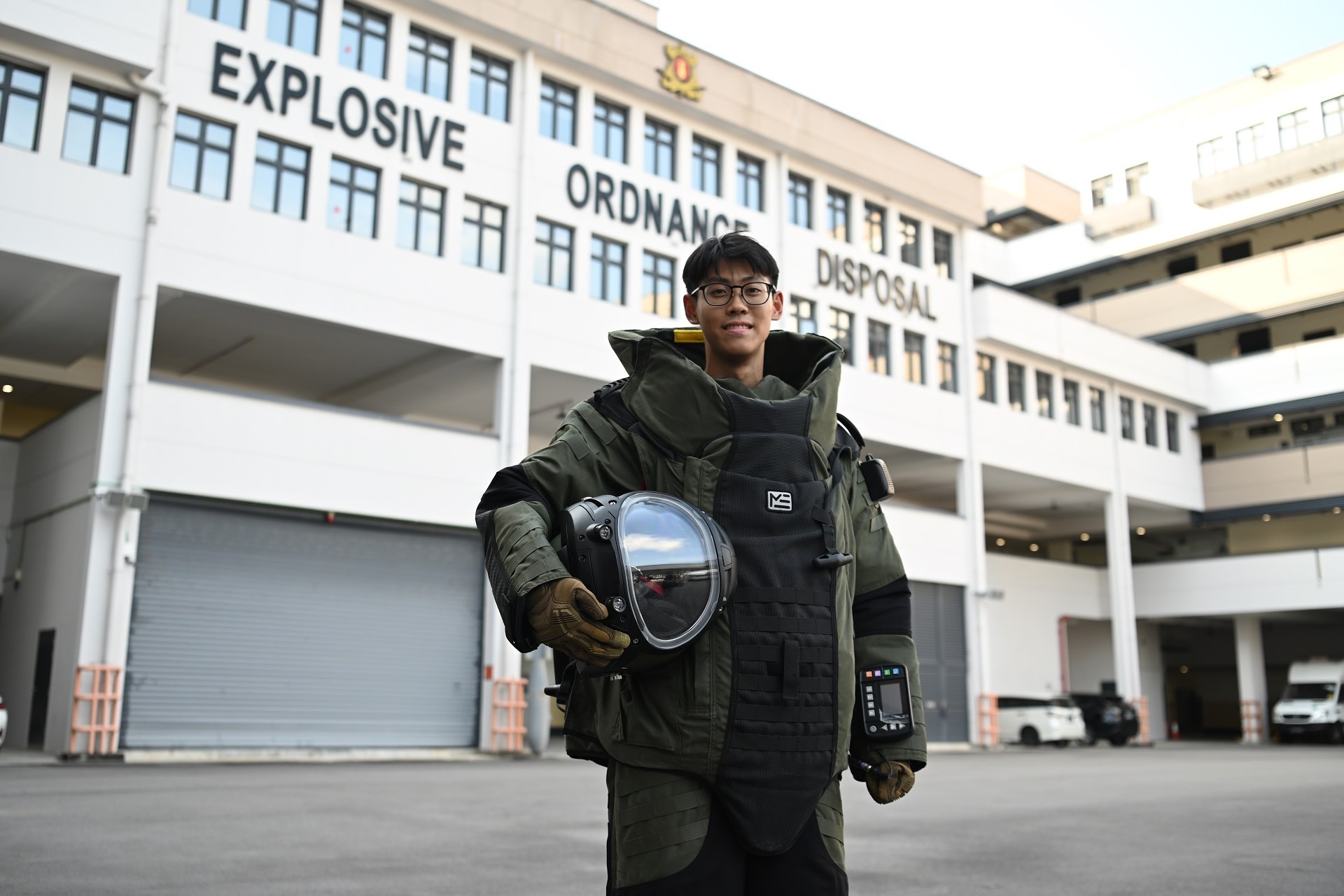
"Our (everyday) training is always practice for real operations. During this disposal, I could see what we learnt being put into practice, like the team commander assessing the ordnance, calculating the evacuation radius, and planning the operation.
"The Section Response Training we underwent also made sure we perfected our skills so that we could rely on what we learnt to carry out the operation safely and smoothly," said the 19-year-old NSF.
"This was my first real operation. It's a fulfilling experience to see our training have a positive impact on the public."
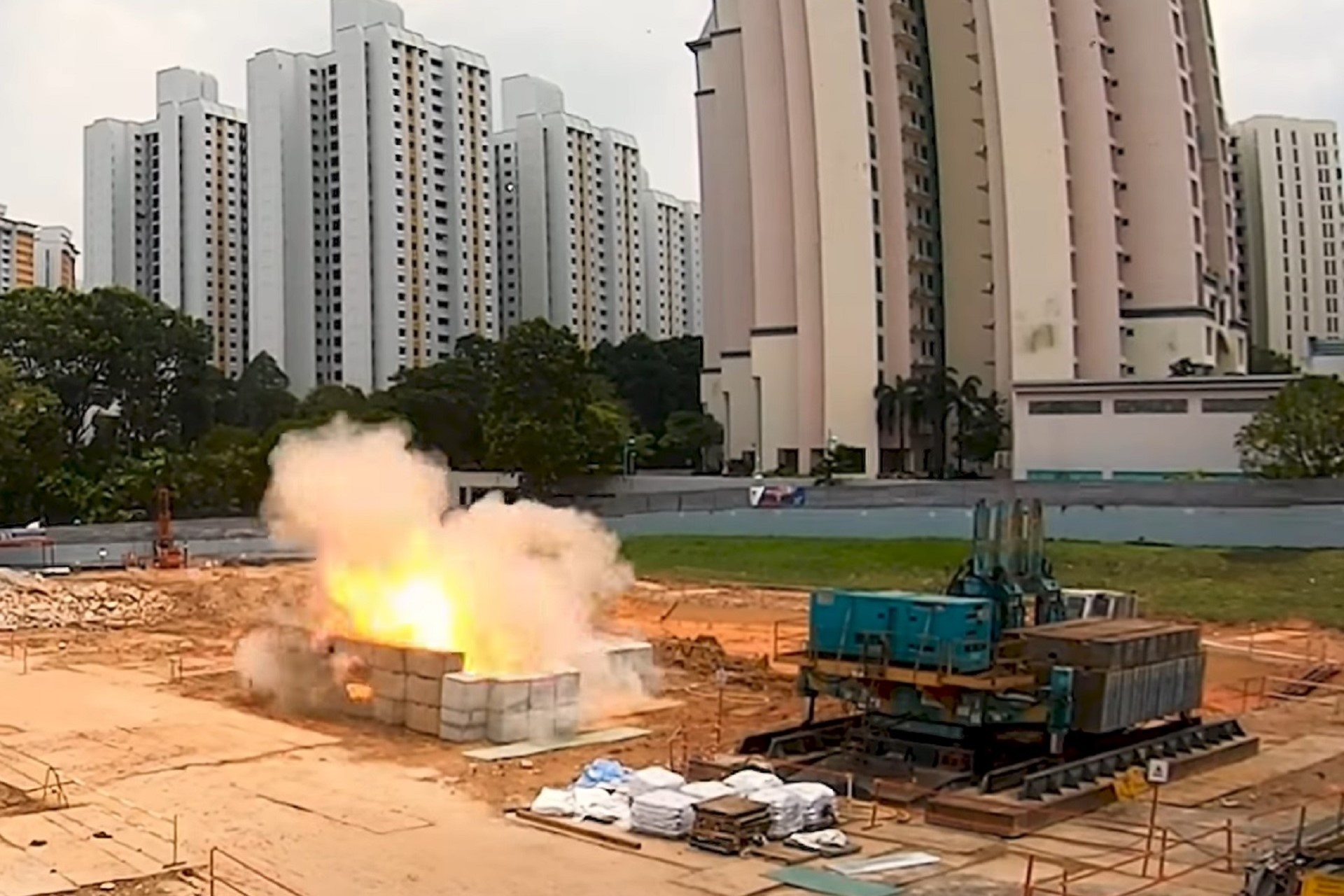
4) There's no hesitation when it comes to operations
The EOD operators are always ready to take on missions, including the Upper Bukit Timah one, said Regimental Sergeant Major 1st Warrant Officer (1WO) Peter Chong.
"They are on standby every day and will deploy without hesitation when the situation arises. My only instruction to the team was to come up with a plan that was sound and feasible, and ensure that the protective work would have maximum protection for the public."
The 41-year-old has been in the unit for 18 years and undergone countless EOD missions.

With the Upper Bukit Timah disposal, the challenge was in reducing the effects of the detonation on the heavy residential area in the vicinity.
"Disposals are challenging but not uncommon. This time, there were residential buildings surrounding the site so the cordon must be planned properly to protect residents," said LTC Ng, 35.
"The unexploded ordnance had also deteriorated after such a long time, so it could trigger an explosion due to its instability. There was zero room for error."
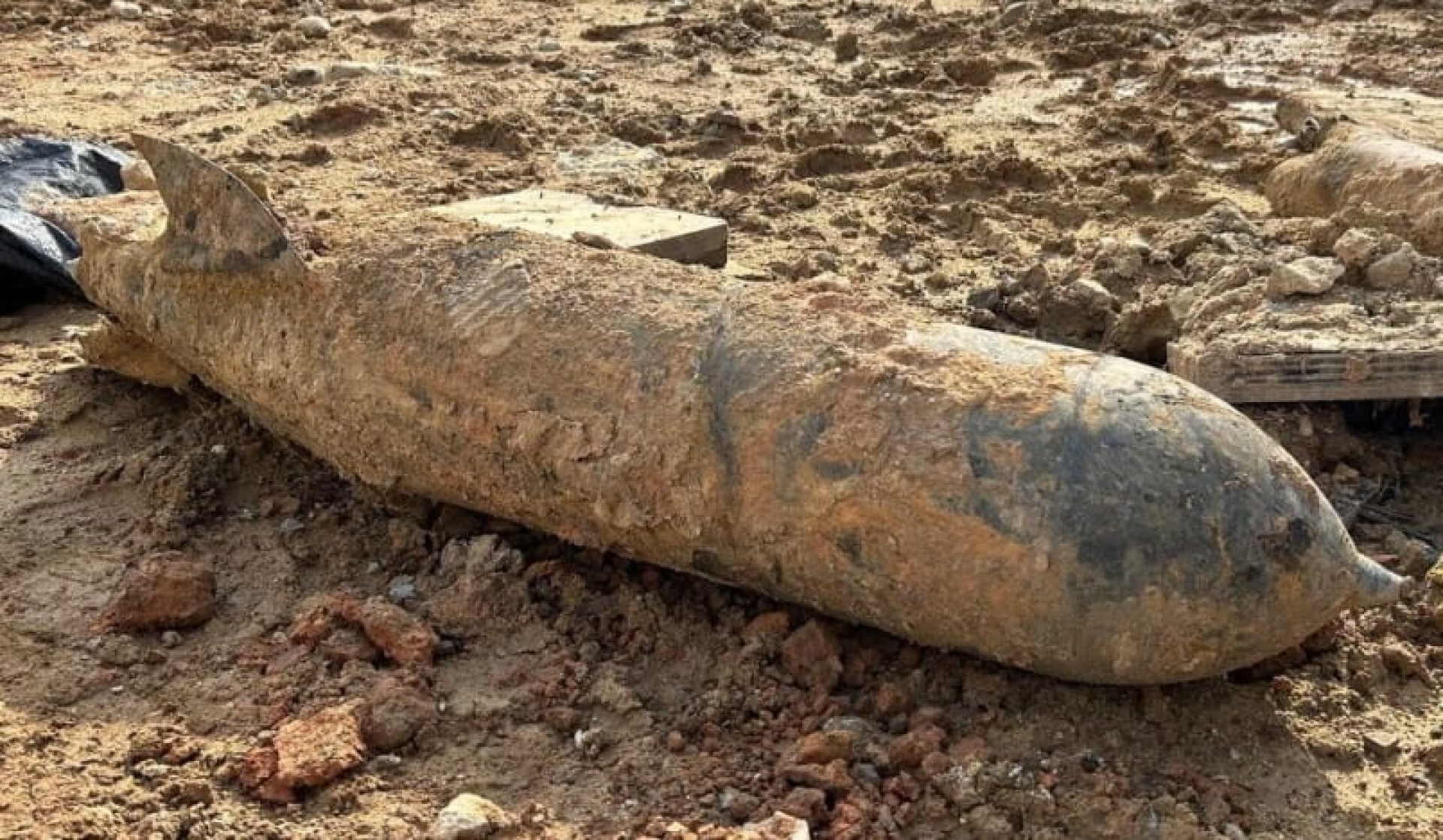
Such operations involve close coordination with whole-of-government agencies, to keep the public safe and ensure that the bomb disposals are carried out smoothly.
The Singapore Police Force (SPF) manages public safety by enforcing the cordon determined by the EOD team, and the Singapore Civil Defence Force provides medical support to the disposal team and public.
This time, the 36 SCE worked with the Residents' Committee to manage the evacuation of the residents as well as the nearby schools to reduce disruptions to the ongoing examinations.
The unit also worked with agencies like the Building and Construction Authority, Land and Transport Authority, Housing and Development Board and Infocomm Media Development Authority to see to the smooth conduct of the disposal.
ALSO READ IN OPS & TRAINING

Exercise Wallaby 2025: To see better, shoot faster
31 Oct 2025
The SAF focuses on complex strike missions and multi-domain integration in Exercise Wallaby 2025, the 35th edition of its largest unilateral overseas exercise.

Ex Wallaby 25 – Greater Integration and Complexity
25 Oct 2025
The 35th edition of the SAF’s largest unilateral overseas exercise is an opportunity for expanded scale and deeper integration towards an effective, networked fighting force.

Ex Forging Sabre ramps up use of unmanned assets in integrated strike operations
12 Sep 2025
In this 10th edition of Exercise Forging Sabre, the SAF sharpened its cutting edge for the dynamic modern battlefield, with expanded integration between manned and unmanned platforms.


